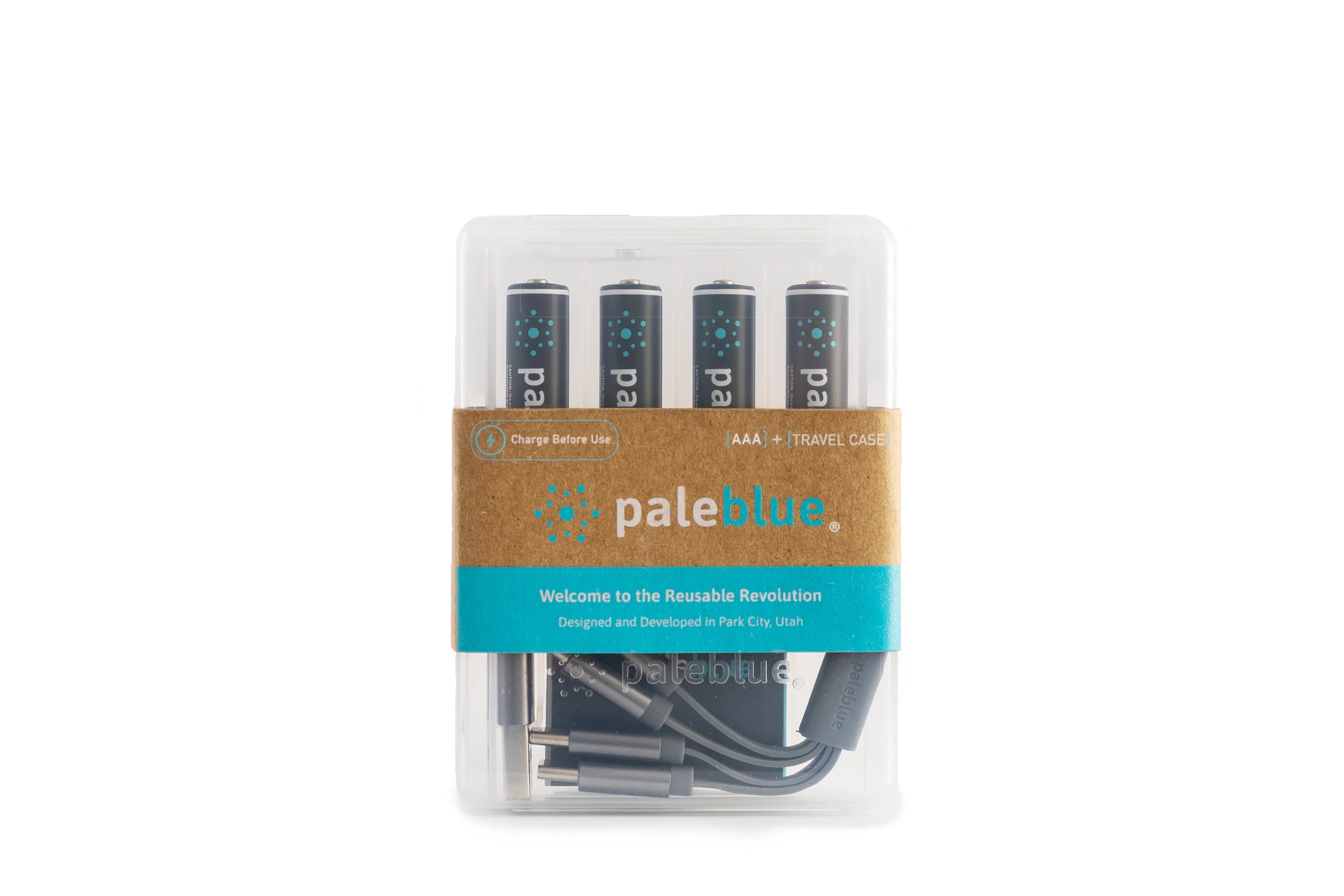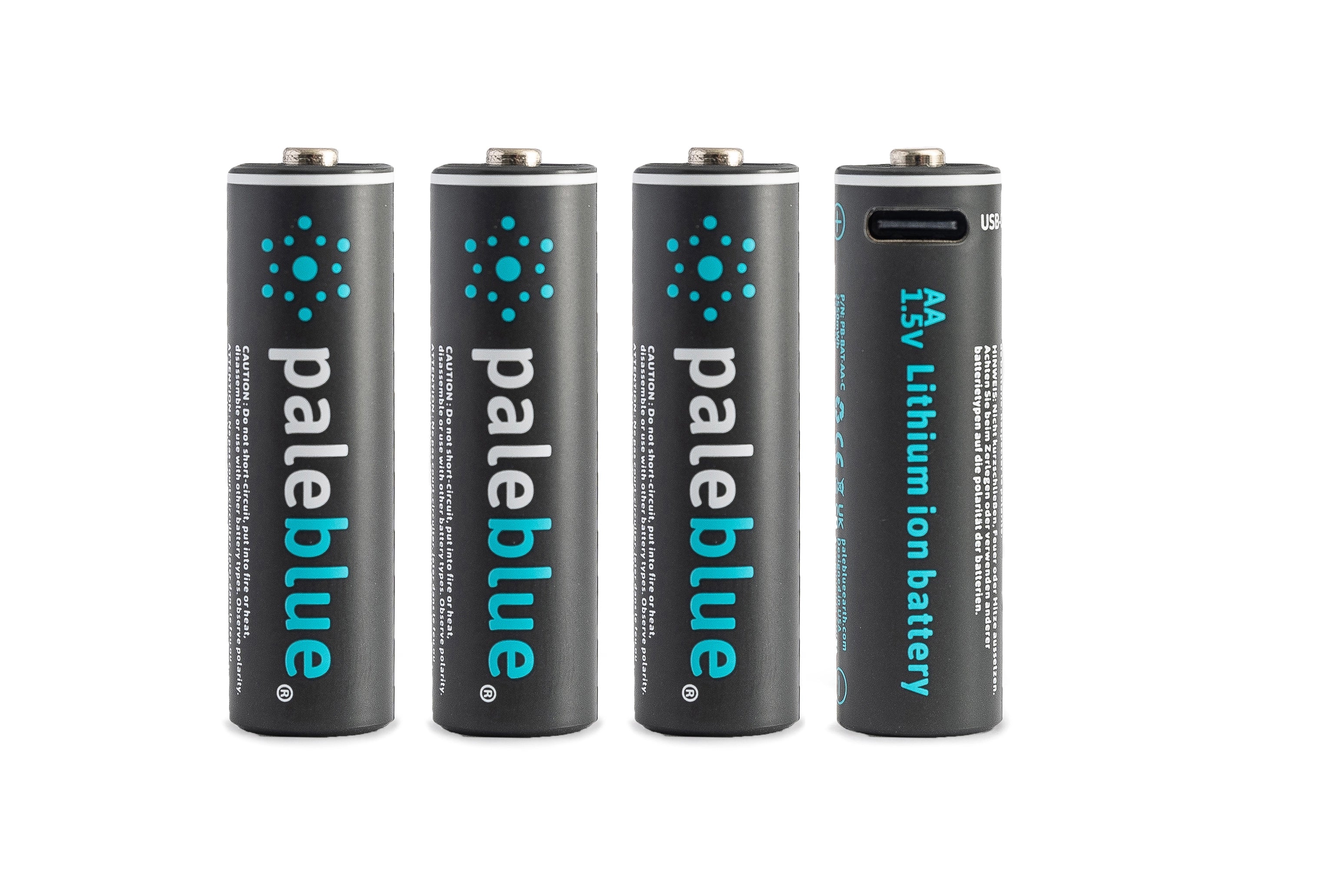Lithium Ion vs. Lithium Polymer Batteries: What to Know

Even though the average person uses lithium-ion or lithium polymer batteries every day, they probably aren’t that familiar with them. However, there are plenty of good reasons why these rechargeable batteries are found in common personal and household electronics. They’re powerful, compact, and last for hundreds of charges over their lifetimes. That being said, the two types of batteries are hardly interchangeable. Even though the underlying technology is similar, there are several key differences that set them both apart.
What are the Differences Between Lithium-Ion Batteries and Lithium Polymer Batteries?
Both of these batteries are powered by lithium-based technology, but they’re typically used for much different purposes. They also have different costs, safety ratings, power densities, lifespans, and more.
In general, lithium-ion batteries (or Li-ion batteries) are the rechargeable battery of choice in portable electronic devices. They can be found in laptops, tablets, cell phones, iPods, electric vehicles, and more. Since they have such a high energy density, they can provide long-lasting charges without adding too much weight to the device.
Lithium polymer batteries (also called Li-polymer or Li-po batteries) are another type of rechargeable battery, and are more compact compared to lithium-ion batteries. They’re used in mobile devices where space is limited, such as electronic cigarettes, wireless PC peripherals, slim laptops, smart wearables, power banks, and more. Polymer lithium-ion batteries are even more lightweight and long-lasting compared to standard lithium-ion batteries, and cost quite a bit more as well.
What is a Lithium-Ion Battery?
Lithium-ion batteries aren’t necessarily the cheapest type of rechargeable battery, but they make up for the cost with high performance; this is probably why they’re the most popular commercial type of rechargeable battery in the world. While the first commercial lithium-ion battery was introduced in 1991, the research that led to this technology dates back to the 70s.
How does a lithium-ion battery work? During the discharge cycle, lithium atoms located in the anode become ionized, and split from their electrons. Then they move through the electrolyte from the anode to the cathode, enabling them to pair back up with their electrons and become electrically neutral. The most common anode material is graphite, and the most common cathode material is lithium cobalt oxide; this particular combination is typically used in laptops, cellphones, and similar devices. The cathode materials could also be lithium iron phosphate or lithium manganese oxide, depending on what the battery will be used for.
The average Li-ion battery can store up to 150 watt-hours of electricity per kilogram of battery, up to nearly 300 watt-hours per kilogram in high-performance batteries. They have about a 5% loss of charge per month when they aren’t in use; compared to the 20% monthly loss seen in nickel-metal hydride rechargeable batteries, that’s pretty impressive. Lithium-ion batteries are ideal for applications like electric vehicles, hybrid vehicles, or aerial vehicles because they have up to 300% more voltage compared to alternatives, and don’t require scheduled charge cycles in order to be maintained.
These batteries have gotten some bad press over the past few years, after a few high-profile instances of spontaneously catching on fire. The chances of li-ion batteries actually combusting are miniscule (more on that later), but they are prone to overheating. If external temperatures get too high, this can lead to a runaway chemical reaction that results in a fire. That being said, it’s important to remember that this is extremely rare. As long as care is taken to prevent overheating, there’s no reason not to trust these batteries to get the job done.
Here are the main highlights of lithium-ion batteries:
- Can be moderately compact and lightweight
- Energy density between 100 and 250+ WH/Kg
- 3.7 V nominal cell voltage
- Lower retail and manufacturing cost compared to lithium polymer batteries
- Lifespan of 500+ charge cycles (with some capacity degradation at higher cycles)
- Fairly long charge duration
- 85% to 95% conversion efficiency rate
- Some safety performance concerns if overheated
What is a Lithium Polymer Battery?
Lithium polymer batteries are also commonly found in portable devices, but usually in those where an especially compact battery is needed. For example, smart wearable devices like Fitbits or Apple Watches have very little room to spare for the battery, but they still need a long-lasting energy source to match the 24/7 capabilities of the device.
Lithium polymer batteries are a variation on lithium-ion batteries, but they’re also a distinct product. The most common type of lithium polymer battery is a lithium-ion battery enclosed in a polymer casing, which is contained in an external pouch. Another type of lithium polymer battery is (once again) a lithium-ion battery, but with one key difference. Even though this type of li-po battery uses the same anode and cathode materials, there’s a gel-like material between the anodes and cathodes, rather than the electrolyte. These polymer materials are what give the batteries their name, as well as their power capacity.
These batteries have quite a few advantages compared to standard lithium-ion batteries. For example, they don’t lose their charge as quickly when they aren’t in use, and generally have a higher energy capacity. However, they also need to be charged, discharged, and stored properly in order to maintain their lifespan. They’re pretty pricey as well, at nearly double the price of a regular lithium-ion battery. Plus, although this hardly ever happens, lithium polymer batteries can catch fire if they’re punctured.
These are the main highlights of lithium polymer batteries:
- Can be very compact and lightweight
- Energy density between 130 and 200 WH/Kg
- 3.7 V nominal cell voltage
- Higher cost price compared to standard lithium-ion batteries (although the energy density outweighs cost)
- Lifespan of 300 to 400 charge cycles
- Shorter charge duration
- 75% to 90% conversion efficiency rate
- Can combust if damaged
Lithium-Ion vs. Lithium Polymer Batteries FAQ
More consumers than ever want to know about the products they use every day. For some, it’s because they want to ensure they have the best option available. For others, they’re concerned about the environmental impact. These are a few of the most common FAQs about lithium-ion vs. lithium polymer batteries.
Is it safe to use Lithium-Ion batteries?
Even though lithium-ion batteries may present safety issues more than other types of batteries, the actual likelihood of one catching fire is under one in a million. For reference, the likelihood of being struck by lightning is about 1 in 13,000. If you aren’t particularly afraid of being struck by lightning, you can be even less afraid that one of your lithium-ion batteries will combust due to overheating.
Can Lithium-Ion and Lithium Polymer Batteries be Recycled?
They absolutely can be recycled – provided there’s a local recycling center that’s equipped to handle these batteries. Those in remote areas or small towns will probably have a hard time finding the right recycling facility. A great resource for locating recycling facilities by you is found at https://www.call2recycle.org/locator/. When lithium-ion and lithium polymer batteries are recycled, some of the components (such as the cathodes) are used to make more batteries. This reduces the need for mining of new materials, and even results in batteries that last for more charge cycles, and have better overall performance.
Which is Better – Lithium-Ion or Lithium Polymer Batteries?
Deciding which battery is best completely depends on what it’ll be used for. Will it involve high amp draw applications? A lithium-ion battery would probably be the better choice. What if a battery is needed for robust applications in small devices? A lithium polymer battery would definitely work best. These batteries are extremely versatile, which is why they’re used in so many ways. Some of them power smart wearables, while others are used in aerospace applications. Since each type of battery has its pros and cons, one isn’t necessarily better than the other. The main thing to remember is that lithium-ion battery technology has come a long way since the 90s, and will continue to be improved on well into the future.
- Tags: Rechargeable Batteries








